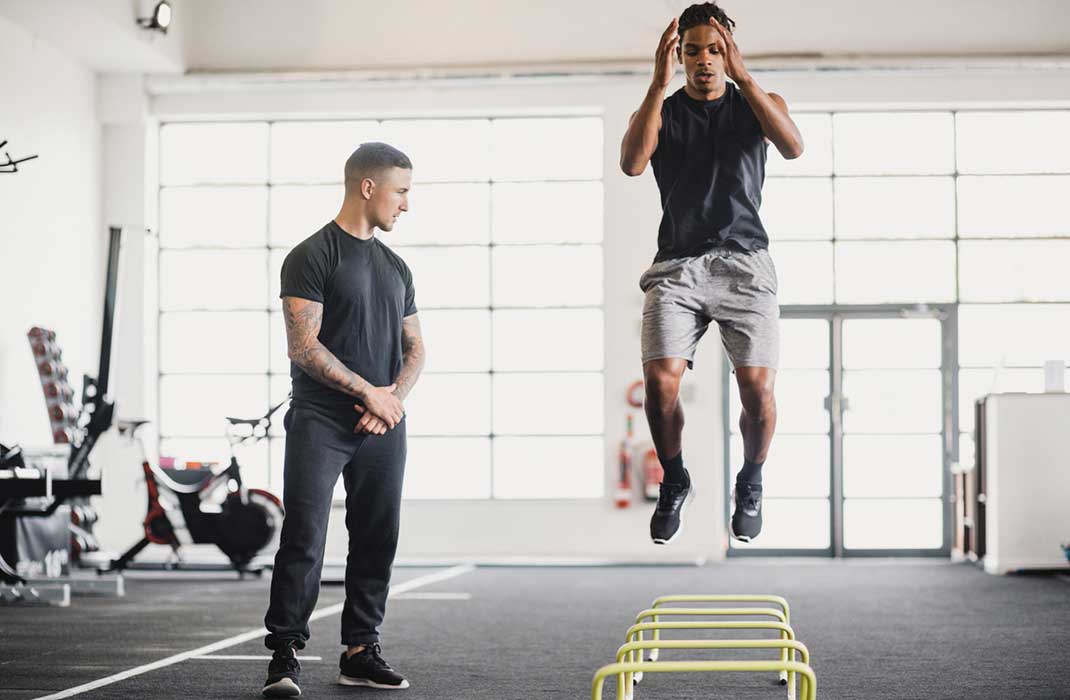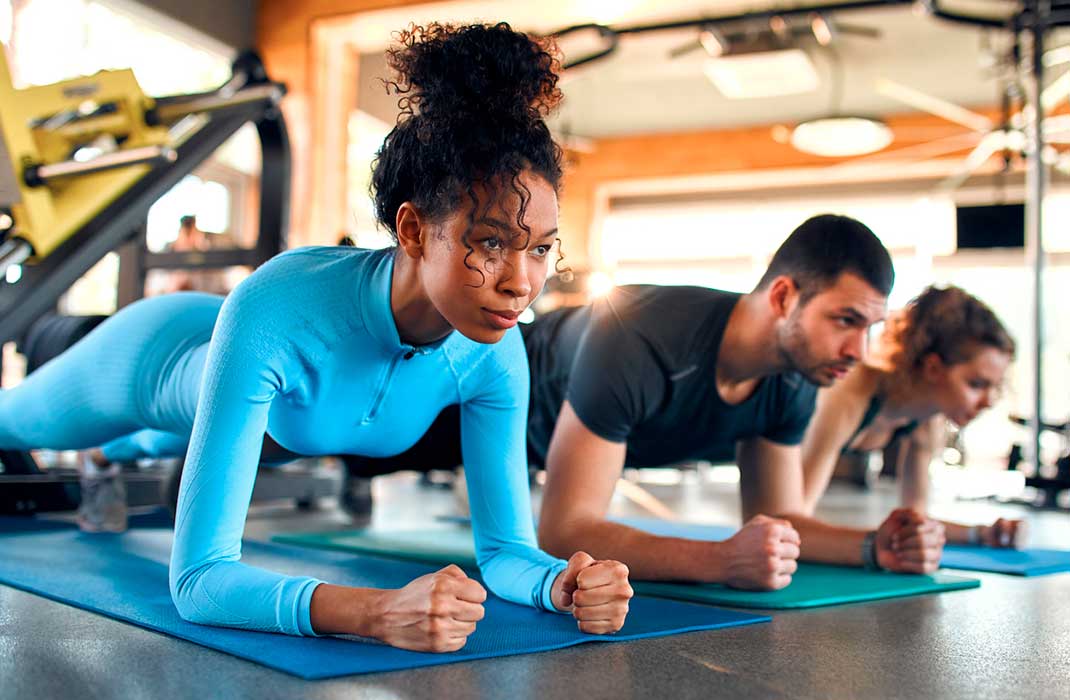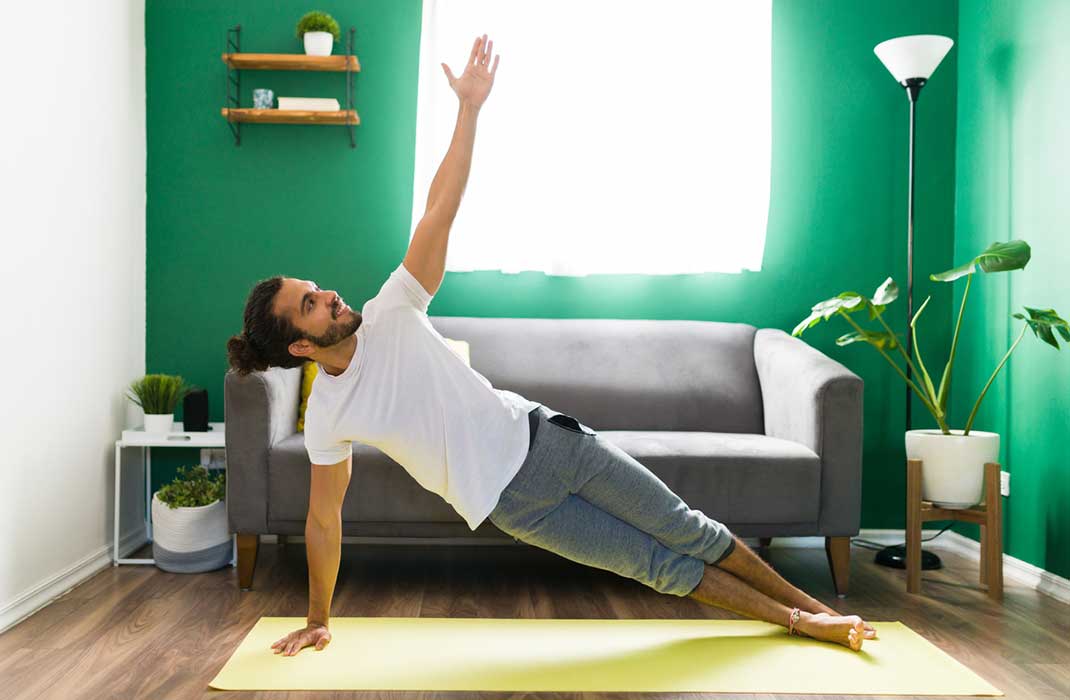-
- Find Care
-
- Visitor Information
- Find a Location
- Shuttles
- Visitor Policies
-
-
- Our Virtual Care Options
- Virtual Urgent Care
- Virtual Visits for Primary & Specialty Care
- Online Second Opinions
- Participate in Research
-
- Contact us
-
- For Innovators
- Commercialization Guide for Innovators
-
-
- Research News
- Alzheimer's Disease
- Artificial Intelligence
-
- Overview
-
- Overview
- Getting Started
- New to Mass General Brigham
- International Patient Services
- What Is Patient Gateway?
- Planning Your Visit
- Find a Doctor (opens link in new tab)
- Appointments
- Patient Resources
- Health & Wellness
- Flu, COVID-19, & RSV
- Billing & Insurance
- Financial Assistance
- Medicare and MassHealth ACOs
- Participate in Research
- Educational Resources
- Visitor Information
- Find a Location
- Shuttles
- Visitor Policies
- Find Care
-
- Overview
- Our Virtual Care Options
- Virtual Urgent Care
- Virtual Visits for Primary & Specialty Care
- Online Second Opinions
-
- Overview
- Participate in Research
-
- Overview
- About Innovation
- About
- Team
- News
- For Industry
- Venture Capital and Investments
- World Medical Innovation Forum (opens link in new tab)
- Featured Licensing Opportunities
- For Innovators
- Commercialization Guide for Innovators
- Contact us
-
- Overview
- Information for Researchers
- Compliance Office
- Research Cores
- Clinical Trials
- Advisory Services
- Featured Research
- Two Centuries of Breakthroughs
- Advances in Motion (opens link in new tab)
- Brigham on a Mission (opens link in new tab)
- Gene and Cell Therapy Institute
- Research News
- Alzheimer's Disease
- Artificial Intelligence
-
- Overview
-
- Overview
- Residency & fellowship programs
- Brigham and Women's Hospital
- Massachusetts General Hospital
- Mass Eye and Ear
- Newton-Wellesley Hospital
- Salem Hospital
- Integrated Mass General Brigham Programs
- Centers of Expertise
- Global & Community Health
- Health Policy & Management
- Healthcare Quality & Patient Safey
- Medical Education
- For trainees
- Prospective trainees
- Incoming trainees
- Current trainees
- Continuing Professional Development
How Can I Prevent Common Exercise Injuries?

Sports and exercise have indisputable benefits: stronger bones and muscles, reduced risk of many diseases, improved mental health and mood, socialization, fun — and more. But they also come with the risk of injury.
Learn how people at all levels of fitness can prevent injury.
Get professional advice.
It’s important to visit your doctor before you start a new activity, and as you ramp up. Your primary care provider might recommend weight loss, offer nutrition advice, address underlying health issues, and treat previous injuries.
Other professionals you can consult include:
Physical therapists
Qualified personal trainers
Strength and conditioning coaches
Experts in proper equipment, such as footwear
Assess your movement.
The number one reason people get hurt is because they continuously repeat bad movement. If you run, do you sit back in your stance or lean forward? How do your legs move? If you row or play a throwing sport, are your movements sequenced and timed properly so you don’t overstress one area of the body? The more you repeat a bad movement, the higher the risk for injury.
Think of a car with wheels out of alignment: You may be able to drive for a while without noticing a problem. But if you drive thousands of miles like that, you’ll damage the car.
Research proper form for the activities you do and then think critically about your own form. If you’re uncertain, consult an expert for an objective assessment of your movements.
Ease into your goal.
Whether you’re a weekend warrior aiming to stay active or a high-level athlete chasing a championship, goals take time to achieve. If you don’t take time to build up to longer workouts or higher levels of intensity, you won’t be ready to handle the demand on your body, which can cause injury.
For example, when planning to run a race, consider how far you’ve run before and your overall cardiovascular fitness. If 3 miles is the furthest you’ve ever run, choose a shorter race as your first goal. Or realistically calculate how to gradually build from 3 miles to a longer distance. If you simply want to start playing basketball or pickleball on the weekends, start with shorter or fewer games.
Warm up and cool down.
Before every workout, you have to get your body ready. In particular, powerful, explosive movements such as jumps and sprints can cause injury if tissues are not warm and elastic.
Before beginning a workout, athletes may find it helpful to:
Bike for 5 minutes to begin to sweat.
Perform some explosive movements such as skips, jumps, and lateral movements.
Stretch.
After activity, do your warm-up routine in the opposite order to slowly bring your body back to pre-exercise levels.
Cross-training for injury prevention
Cross-training helps prevent overuse injuries in athletes who consistently put a lot of stress on a particular part of the body. For example, runners can bike to improve aerobic capacity without putting stress on the knees and ankles. Similarly, cyclists can swim, and throwing athletes can take a few days off from throwing to lift weights.
Strengthen your core.
The core is the foundation of almost all athletic movement.
A weak core forces you to use other parts of your body with more force, which can cause an injury. Imagine a tennis player with a core that’s not strong enough to hit the ball forcefully. They may try to draw more power from their hips, shoulder, or elbow, which can hurt the joints or surrounding muscles and tendons.
An effective way to test and build core strength is to hold a well-defined plank and side plank:
Plank exercise
Hold your body still in the position that you would use to start a pushup.

Side plank exercise
Start with a regular plank. Then rotate your entire body so your chest opens to the side, bringing your arm or elbow toward the ceiling.

In both positions, keep your body perfectly straight like a plank of wood, with your butt and hips low. Your arm(s) should be straight up and down, with your elbow(s) and wrist(s) stacked directly under the shoulder(s).
One nice goal: hold a plank for 30 seconds or more.
Rest and recover.
When we exercise, we create tiny tears in our muscles. It’s important to allow those tissues to recover. Rest or low-level activity helps your muscles heal and allows your body to eliminate waste and byproducts created during exercise.
A rest period doesn’t mean being completely inactive. You can do low-impact activities, such as walking and swimming, and incorporate stretching to prevent injury and increase flexibility. Good sleep habits and nutrition are also important to rest and recovery.
Center for Sports Performance and Research
Mass General Brigham’s Center for Sports Performance and Research designs personalized programs for injury prevention for athletes. Our experts assess your health and your movement, then design exercise programs to improve performance and mitigate the risk of injury.